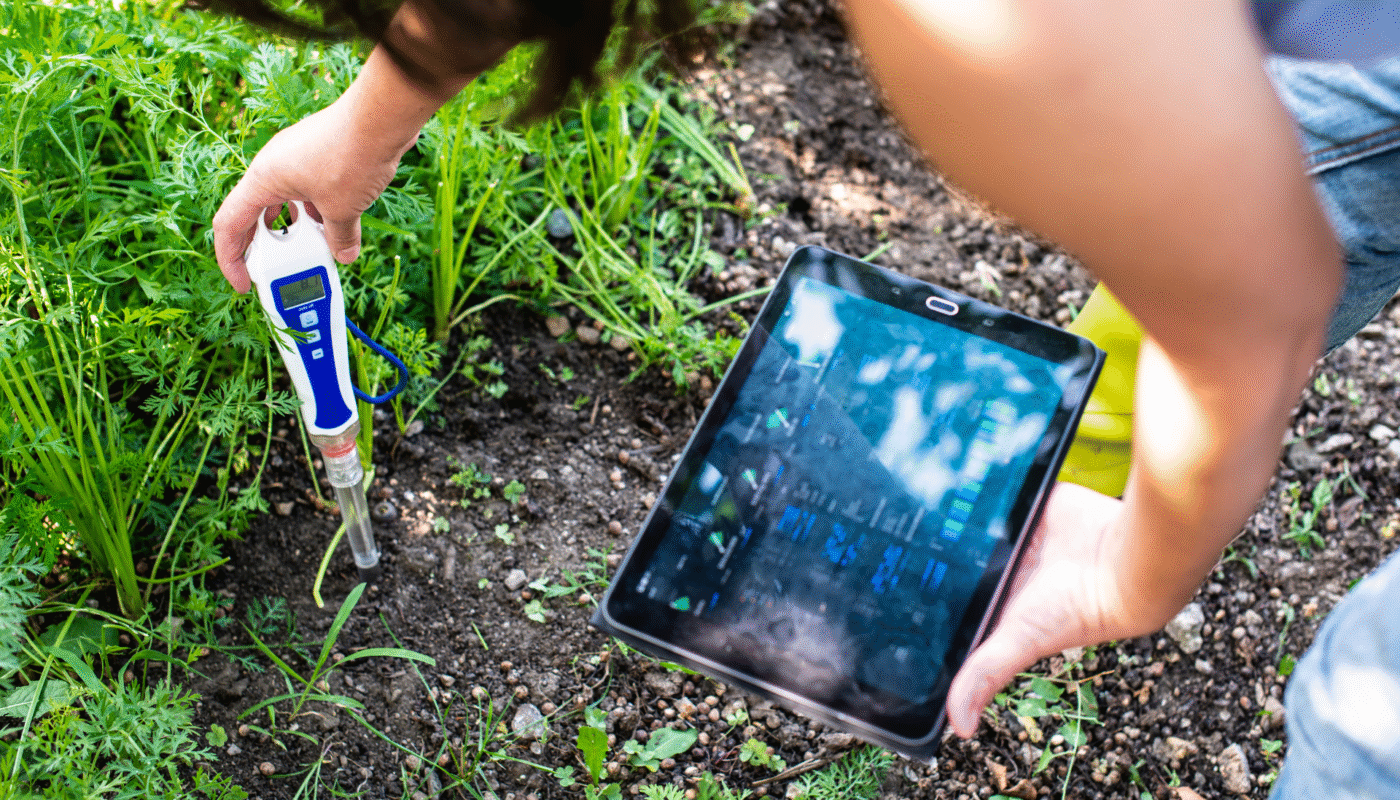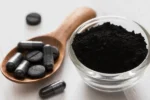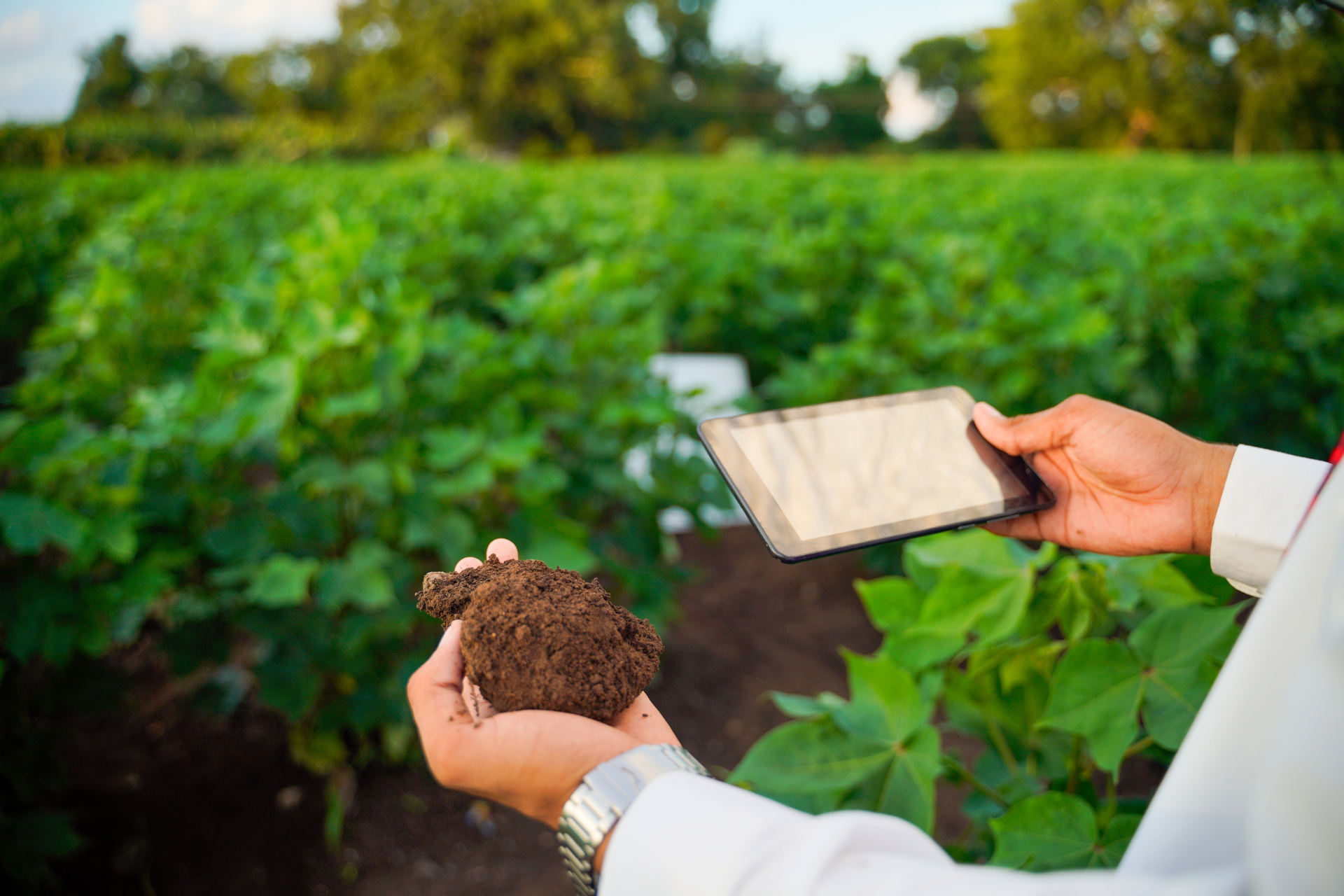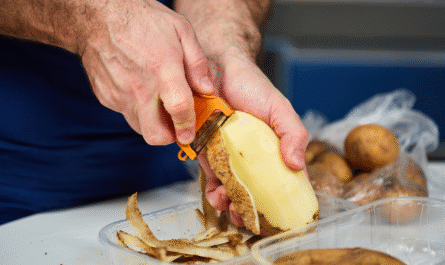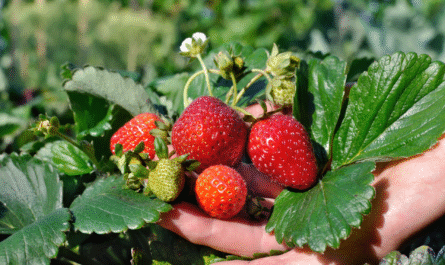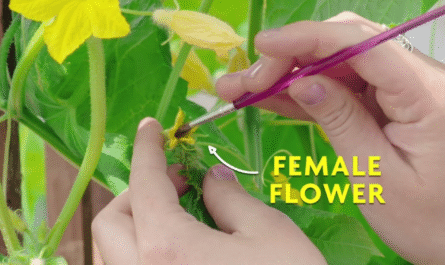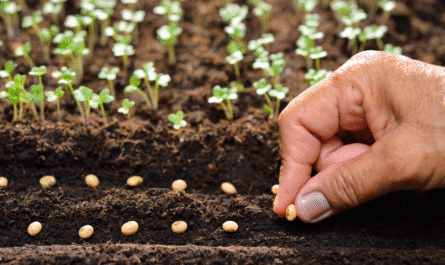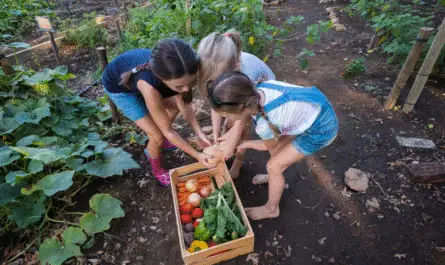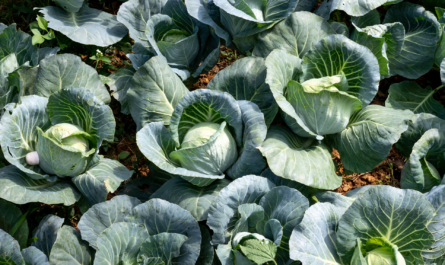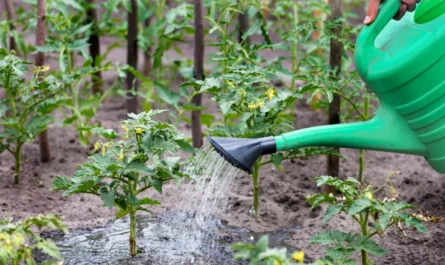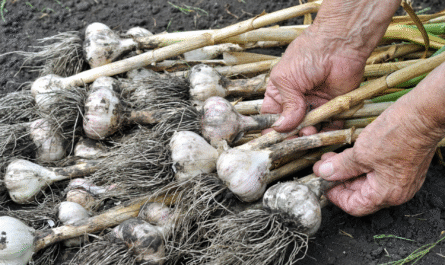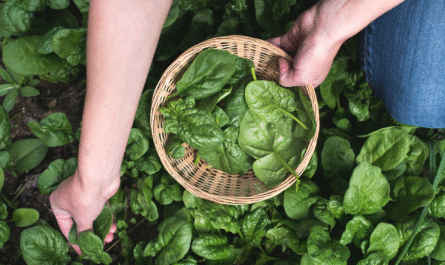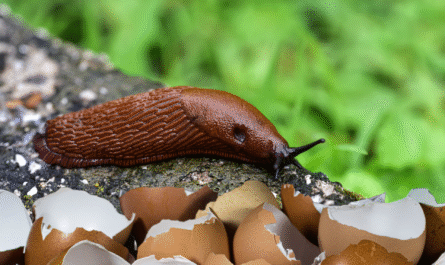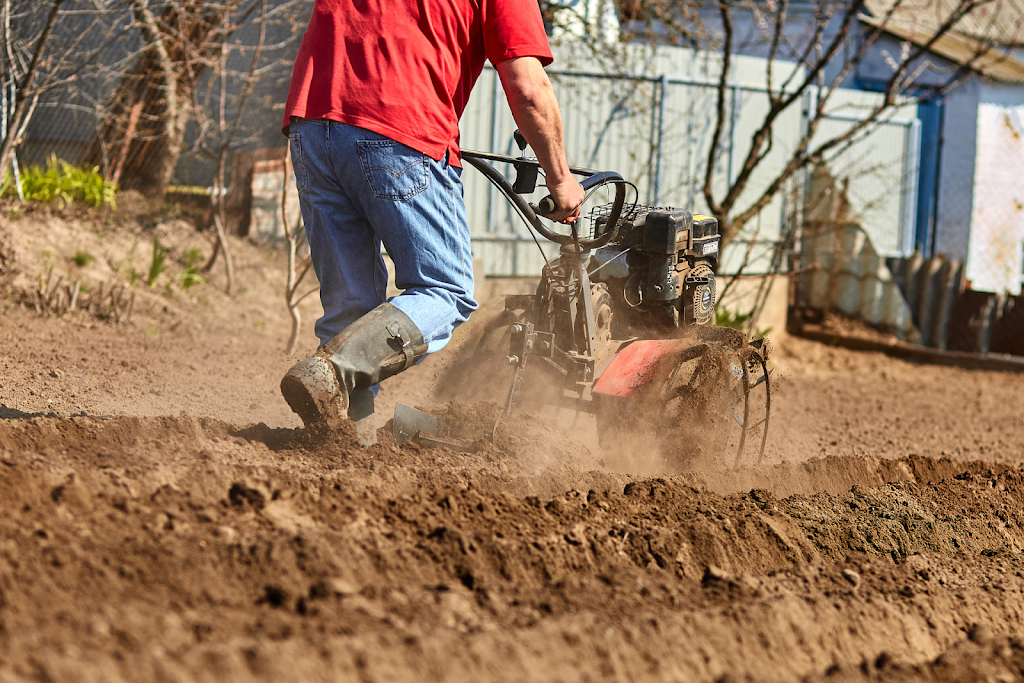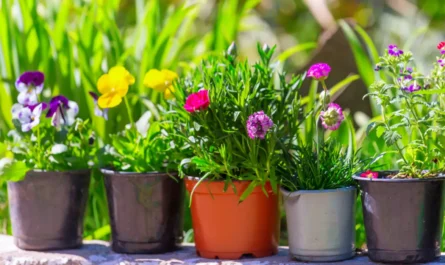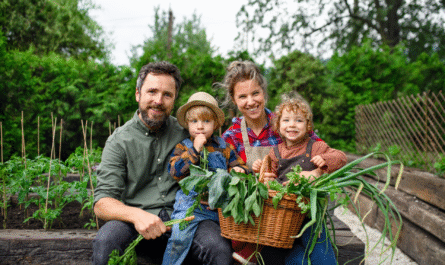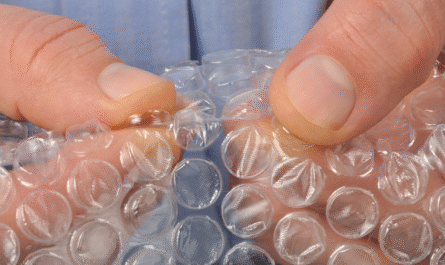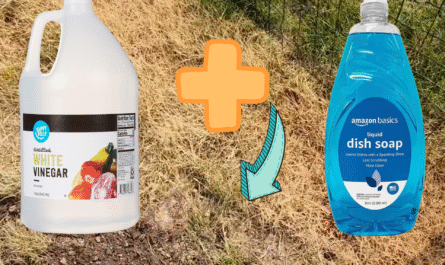Whether you’re planting a backyard garden or managing a commercial farm, skipping a soil test is like driving blindfolded. You might get lucky, but odds are you’ll crash financially and agriculturally.
Soil is the foundation of every planting decision, and knowing what you’re working with before you plant can save you hundreds or even thousands of dollars in mistakes. Here’s why soil testing isn’t just helpful—it’s essential.
1. Prevents Over-Fertilization and Chemical Waste
Fertilizer is expensive. Yet many gardeners and farmers throw it down like confetti, hoping more equals better. But that’s a costly misconception. A proper soil test tells you exactly what nutrients are already present in your soil: nitrogen (N), phosphorus (P), potassium (K), and key micronutrients like magnesium, calcium, and sulfur.
When you fertilize without testing, you risk oversaturating your soil. This not only burns plant roots and stunts growth but also causes nutrient runoff into nearby water systems, contributing to environmental problems like algae blooms. You’re not just wasting money—you’re causing harm.
Take phosphorus, for instance. It binds tightly in soil and builds up over time. If your soil is already rich in phosphorus, but you add more, you won’t see better plant growth. Instead, you’ll likely see stunted plants and polluted runoff. Testing first lets you use only what’s needed, keeping your plants healthy and your wallet intact.
2. Identifies pH Imbalances That Can Kill Crops
Soil pH plays a massive role in whether your plants can absorb the nutrients in the soil. Even if your soil has plenty of nutrients, an off-balance pH can lock them away. Acidic or alkaline soils can stop plants from absorbing iron, phosphorus, and other vital elements.
Blueberries, for example, love acidic soil with a pH around 4.5–5.5. Most vegetables, on the other hand, prefer something closer to 6.0–7.0. If you plant the wrong crop for your pH, or fail to adjust your soil’s pH first, you’ll waste time, seeds, and money on a garden that struggles from day one.
Correcting pH takes time. Lime raises pH, sulfur lowers it, but both need weeks or months to take effect. A soil test gives you the numbers upfront so you can make adjustments before you plant, not after it’s too late.
Also Read: The Right Way to Use Coffee Grounds to Fertilize Your Lawn and Garden
3. Detects Toxicity and Contaminants
Not all soils are safe for growing, especially in urban or previously industrial areas. Soil can harbor lead, arsenic, cadmium, or pesticide residues, any of which can make your crops unsafe to eat. High salt levels or chemical buildup from old fertilizers can also affect germination and root health.
This is a critical concern if you’re growing food. Imagine harvesting a beautiful crop of tomatoes or greens only to find they’re contaminated and unsafe. You lose your crop, your time, and potentially your health.
A comprehensive soil test can screen for these contaminants. If a problem is detected, you can take action, such as raised beds with clean soil, bioremediation techniques, or simply avoiding certain crops. But without that test, you’re flying blind and putting your planting season at risk.
4. Supports Targeted Crop Selection
Soil tests don’t just tell you what’s wrong; they help you make smarter choices. Once you know your soil type, nutrient levels, and drainage capacity, you can pick crops that will thrive in your exact conditions.
Planting the wrong crop for your soil is a recipe for frustration. For example, if you’ve got sandy soil with low moisture retention, thirsty plants like lettuce or celery will struggle. But switch to drought-tolerant herbs or succulents, and you’ll likely succeed.
Knowing your soil’s strengths lets you work with nature, not against it. That means fewer amendments, less watering, and better yields, all of which save money and reduce stress.
5. Improves Water Management
Soil testing includes more than chemistry; it often includes texture and composition analysis. That tells you how your soil holds water: sandy soil drains quickly; clay soil holds water too long. Loamy soil is the sweet spot, but most people don’t have it.
If you overwater clay soil, you risk root rot and fungal diseases. Underwater sandy soil, and your plants wilt and die. Knowing your soil type helps you adjust your irrigation methods—drip systems for clay, more frequent light watering for sand, and mulching strategies to improve moisture retention.
Water is a resource that costs money. Using it efficiently not only helps the environment, it keeps your bills down. Soil testing arms you with the knowledge to water smarter, not harder.
6. Enhances Long-Term Soil Health and Planning
Soil testing isn’t just for one planting season. It provides a baseline for long-term soil management. Think of it as a soil health check-up. Just like you wouldn’t keep taking medications without re-checking your health, you shouldn’t keep amending your soil without testing.
Over time, organic matter, pH, and nutrient levels can change due to crops grown, weather, and previous treatments. Testing annually or biannually lets you track progress, spot emerging issues, and plan crop rotations more intelligently.
This long-term view is how serious growers keep yields high and inputs low. You’re not just reacting—you’re managing. And in the long run, that saves you money, increases productivity, and protects your soil investment.
7. Saves You from Costly Trial-and-Error Guesswork
Without a soil test, every planting decision becomes a gamble. You might read online that tomatoes need plenty of phosphorus, but what if your soil already has too much? You might add lime to “sweeten” your soil, but what if your pH is already high?
Trial-and-error is not a strategy; it’s a budget drain. When you’re guessing, you’re buying products you might not need, planting crops that won’t thrive, and troubleshooting problems that could’ve been avoided entirely with one lab test.
A professional soil test often costs less than a bag of premium fertilizer. Yet it can save you hundreds in bad decisions, wasted amendments, and failed plantings. That’s a small price for peace of mind and better results.
Final Thoughts
Soil testing is the smartest investment you can make before planting. It eliminates guesswork, reveals critical data, and helps you make informed, effective decisions. Without it, you risk wasting money on fertilizers, watching your crops fail due to preventable issues, and repeating the same costly mistakes year after year.
Don’t leave your planting success to chance. Before you break ground, test your soil. You’ll save time, protect your investment, and give your plants the best chance to thrive.
FAQs
How often should I test my soil?
Once a year is ideal, especially before the main planting season. If you’re making big changes or trying to remediate problems, consider testing in both spring and fall.
Can I test my soil myself, or do I need a lab?
DIY kits are available and can be useful for basic pH and nutrient readings. However, for detailed analysis—especially if you’re growing food—a professional lab test is more accurate and comprehensive.
What’s the best time of year to do a soil test?
Test in early spring or late fall when the soil is not frozen or overly wet. This gives you time to make any needed adjustments before planting.
What do I do after I get my soil test results?
Interpret the results based on your crop goals. Most labs provide recommendations. If not, consult your local extension service or a soil expert for help turning data into an action plan.
How much does a professional soil test typically cost?
Prices range from $20 to $100, depending on the depth of analysis. For most home gardeners, a $30–$50 test is sufficient.

